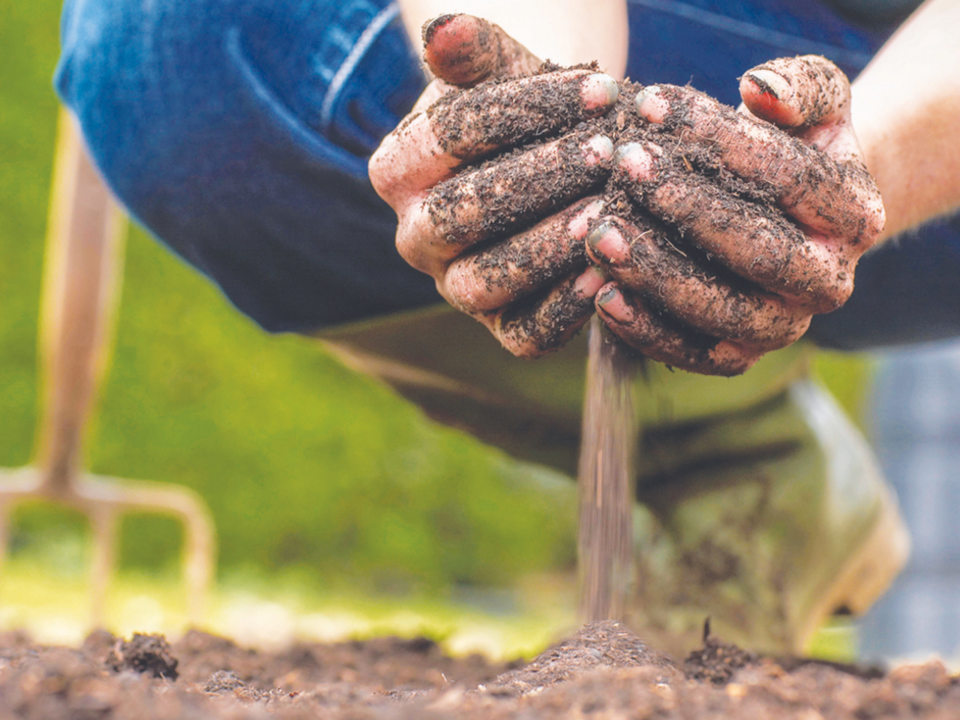Extra sunlight and rising temperatures make spring a great time to plant flowers, grasses, and trees. To ensure successful planting, homeowners must take steps to prepare the soil. Healthy soil can provide the ideal conditions for roots to take hold, helping plants establish themselves before potentially harsh summer conditions arrive. Preparing soil might seem like an extensive job, but a simple approach may be all that’s necessary to create conditions that promote plant growth this spring.
- Clean up the previous months’ mess
Regardless of where you live, it’s a good idea to clean up an area prior to spring planting. Fallen leaves, rocks, grass clippings, and other debris can contribute to compacted soil which makes it hard for plants to establish strong, healthy root systems. Clear away any debris prior to planting before taking the next step in your soil preparation routine.
- Loosen the soil
Once debris has been cleared away, loosen the soil. Depending on the size of the area where you’ll be planting, you may need to invest in tools like a shovel, spade, spading fork, and/or a lawn edger. If you’re planting in a small area, such as a deck planter box that still has soil from last year’s planting inside it, you can either clean the box and replace the soil entirely or dig around with a handheld trowel, cultivator and/or weeder. It’s important to loosen all of the soil around where you will ultimately plant prior to planting to ensure water can reach the roots and help them establish themselves once planting is completed.
- Test and, if necessary, amend the soil
A simple pH test can help determine the acidity or alkalinity of the soil. This is an important step as soil that is too acidic or alkaline can decrease the availability of nutrients the plants will need to thrive. In addition to conducting a pH test, which can be purchased at little cost at a local home improvement store, homeowners can contact their local Cooperative Extension Service to test their soil quality. These tests will reveal soil pH, but also can shed light on the texture of the soil and other components. Once the test is conducted, the local Cooperative Extension Service may recommend amendments to improve the nutritional quality of the soil so new plants can thrive.
Soil conditions go a long way toward determining if new plants will thrive. Preparing the soil prior to spring planting can ensure a successful season.

